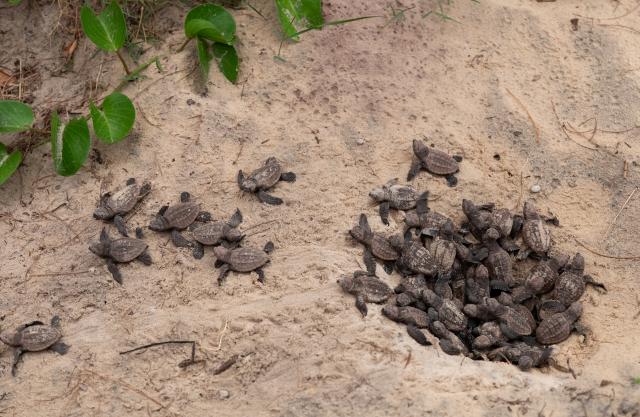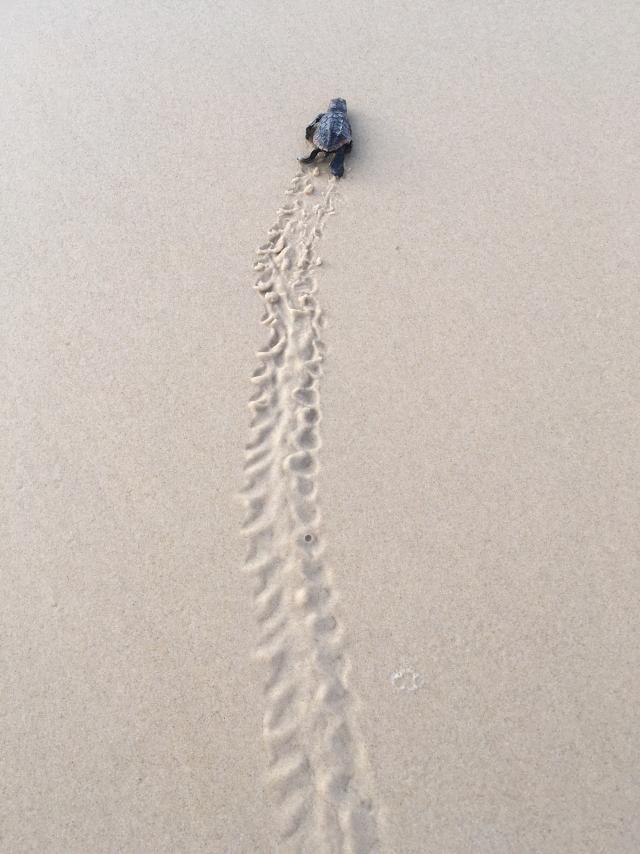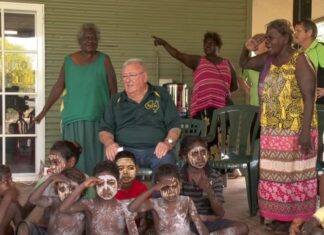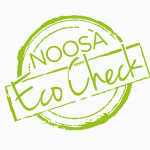An ambitious plan to immediately implement a Threatened Fauna Recovery Road Map was hatched by Noosa Council this week which may result in stepped up enforcement measures this Easter to halt illegal driving on Noosa North Shore’s coastal dunes to protect turtle hatchlings.
With sea turtles identified as the priority species to save in the road map’s first year of operation, Cr Brian Stockwell called for a raft of actions to be introduced in the Easter holiday break which coincides with turtle hatching season.
Cr Stockwell wants a zero tolerance approach to driving on coastal dunes with enforcement action on peak times during the turtle nesting and hatching season, fixed and drone surveillance cameras and closure of North Shore beach either side of high tide.
He requested staff start immediate negotiations with the Queensland Parks and Wildlife, Queensland Police Service and the Teewah Cooloola Working Group to develop a joint education, compliance and enforcement regime and advise state government of council’s position.
After much discussion, including questions over whether council had the capacity or authority and budget to carry out the actions, councillors decided to leave the matter on the table so that budget implications could be discussed before a decision is to be made at Thursday’s Ordinary Meeting.
Cr Tom Wegener suggested the Noosa community would expect council to support the measures.
“The thought that there will be dead baby turtles on the ground with people driving over them would be a nightmare for us,“ he said.
“We want to stop this.“
Prior to the meeting, the road map which sets out council’s approach to ongoing management and recovery of threatened fauna, had more conservative actions planned.
With a proposed budget of $15,000 the road map actions for the recovery of sea turtles included sea turtle signage, beach clean up, light pollution awareness education and an action plan of mitigations and initiatives to be developed.
The road map is aimed at following on from the endorsement by council in 2019 of its Noosa Environment Strategy (NES) which committed to “significant implementation actions“ relating to the long-term survival of threatened and protected fauna.
Officers working on the road map shortlisted 29 significant native wildlife species and enlisted an expert panel of 10 people to nominate nine species, regarded as the Noosa Nine, for priority management.
The nine priority species selected were the giant barred frog, glossy black cockatoo, Greater glider, koala, tusked frog, Mary River turtle, acid frogs (Wallum froglet, rocket frog and sedge frog), water mouse and loggerhead turtle.
However during council’s general meeting Cr Brian Stockwell said he had a different view to the panel, calling for the Mary River Cod to be added to the list, citing 30 years work in the recovery of both Mary River Cod and turtle and a knowledge that the cod were evident in Noosa Shire but there was not the certainty of the turtle.
The addition of the Mary River Cod upset the Noosa Nine catch cry which had previously been established and was expected to be used as a marketing tool for the venture, but the suggestion was made it be replaced with Noosa Nine and Co.
Council officers said a consideration of the selection panel was to choose a species from each of of Noosa’s seven identified habitat types which are rainforests and scrubs, eucalypt forests and woodland, combined habitats, waterways and wetlands, heaths and coastal communities, saltmarsh and mangroves, and coastal and marine.
The panel selected three species – koala, glossy black cockatoo and greater glider, all listed endangered – from eucalypt forests and woodland habitat and one from each of the other habitats.
Benefits delivered to the selected species through the road map actions are expected to also benefit other species in the habitats.
Due to limited resources the decision was made to prioritise only one species and sea turtles (including the Loggerhead turtle) were chosen with selection of the remaining species expected over the next seven years.
Officers said sea turtles were chosen because of increased occurrences of turtle strandings, the likelihood of obtaining other funding grants, council’s involvement in Sunshine Coast Council’s Turtle Care programs, the impacts on the species of climate change and decreases in recorded nesting, which this year numbered only two known nests in Noosa and none on Noosa North Shore.
In response to questions raised by Cr Joe Jurisevic, officers said council’s ongoing restoration work conducted with community groups and organisations would be continued in addition to the road map.








